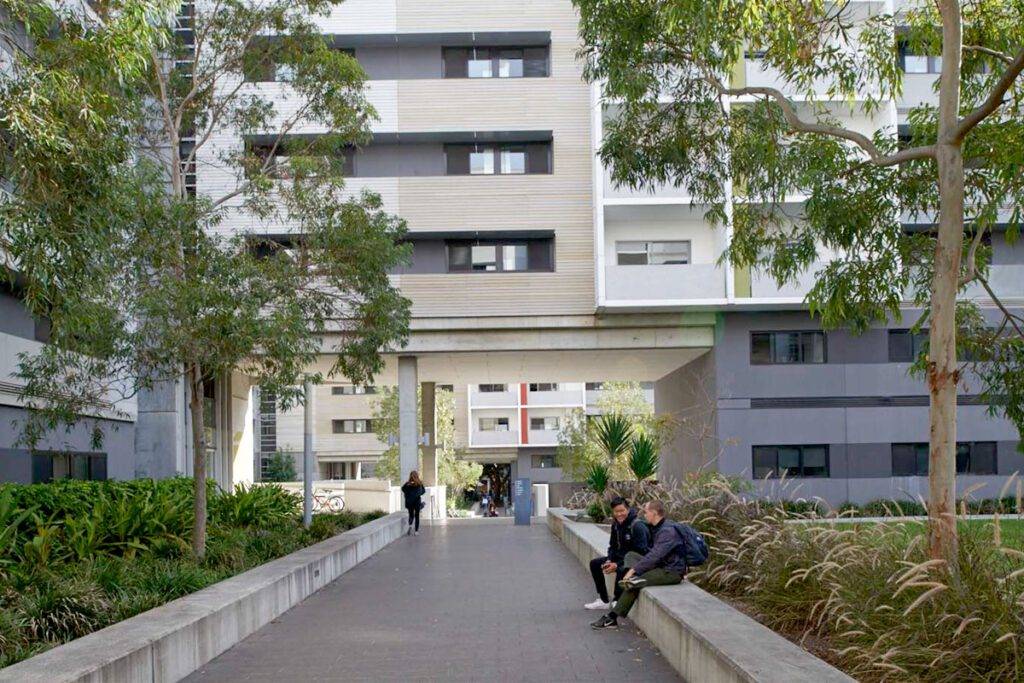Across New South Wales, the construction industry is evolving. Projects today are not just measured by how quickly they’re delivered, but by how responsibly they’re built. The materials used on-site play a central role in that change — reducing environmental impact, improving efficiency, and ensuring that what we build today remains viable for decades to come.
At WBS Engineers, sustainability is woven into the way we plan and deliver infrastructure. Whether working on civil works, remediation, or telecommunications foundations, our focus remains on materials and methods that minimise waste while maintaining quality and compliance.
What Are Green Construction Materials?
Green construction materials are those that lower a project’s environmental footprint without compromising performance. They may be recycled, renewable, or designed to consume less energy in production and use. In NSW, these materials are now being adopted across civil infrastructure, public spaces, and private developments.
Examples include:
- Recycled concrete aggregates used in road bases and pavement works.
- Reclaimed timber from demolition sites, reused for formwork or architectural detailing.
- Supplementary cementitious materials (SCMs) such as fly ash and ground-granulated blast furnace slag, which reduce the need for new cement.
- Green steel produced using hydrogen or electric arc furnaces.
- Low-VOC paints, adhesives, and coatings that improve air quality.
These innovations are more than environmental gestures; they are practical solutions that improve performance and durability while helping contractors meet NSW Government sustainability targets.
What’s Available Locally and Globally
Locally, Australia has seen rapid progress in the production of sustainable building materials:
- NSW suppliers are now providing eco-concrete mixes incorporating recycled glass or crushed brick.
- Timber mills in regional NSW are certified under sustainable forestry schemes, ensuring renewable sourcing.
- Road construction contractors are integrating recycled asphalt pavement (RAP) into new surfaces, closing the loop on material use.
Globally, the shift is even broader. European and Asian infrastructure programs have introduced carbon-neutral cement, bio-based insulation, and 3D-printed components made from natural fibres. These developments are setting new benchmarks that Australian contractors are increasingly aligning with.
At WBS Engineers, our procurement teams keep pace with these advances, evaluating materials that are both locally compliant and internationally recognised for their sustainability credentials.
How Green Materials Are Transforming the Construction Industry
The adoption of sustainable materials has changed not only what we build with, but how we build.
- Design Efficiency – Engineers can now model projects with digital tools such as BIM to select materials that meet both strength and sustainability criteria.
- Waste Reduction – Recycled content and modular designs reduce on-site waste and shorten project delivery times.
- Cost Management – While some sustainable materials have higher upfront costs, their lifecycle savings — through lower maintenance and disposal requirements — make them economically sound choices.
- Compliance and Reputation – Clients and regulators expect environmental responsibility. Using certified materials demonstrates a commitment to both governance and community expectations.
These factors are pushing sustainability from being a niche goal to an everyday standard in civil construction.
Why Sustainable Procurement Matters
Sustainability begins long before materials reach the site. Procurement plays a decisive role in ensuring that supply chains are ethical, transparent, and environmentally sound.
WBS Engineers integrates sustainability criteria into every stage of procurement, including:
- Verifying suppliers’ ISO 14001 (Environmental Management) certifications.
- Preferring locally sourced materials to cut down transport emissions.
- Assessing lifecycle impacts rather than just upfront costs.
- Ensuring safe disposal or recycling pathways for surplus materials.
This approach aligns with both NSW Government infrastructure frameworks and our internal commitment to continuous improvement in environmental performance.
Sustainability in Practice at WBS Engineers
On site, sustainability is about practical decisions. Our teams implement:
- Efficient batching and pour planning to minimise concrete waste.
- Segregated waste zones for recycling metals, timber, and aggregates.
- Low-impact machinery operation schedules to reduce emissions.
- Coordination with environmental consultants to ensure compliance with EPA guidelines.
Every choice — from material selection to waste transport — contributes to the broader objective of sustaining NSW’s built environment responsibly.
Looking Ahead
Green construction materials are not a trend; they are the foundation of future infrastructure. As technologies evolve and supply chains mature, the reliance on recycled, renewable, and low-carbon materials will only grow stronger.
At WBS Engineers, we see sustainability as both an obligation and an opportunity. By embedding environmentally responsible materials and procurement practices into every project, we help clients build infrastructure that stands the test of time — and supports the communities it serves.
